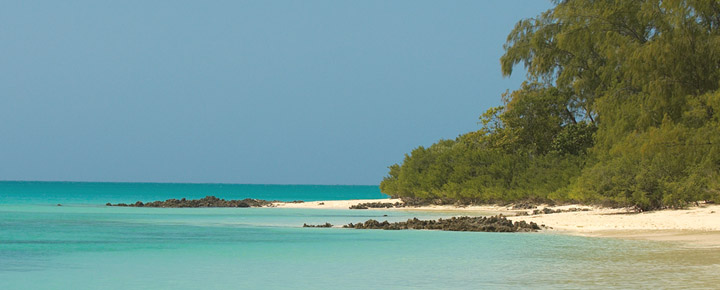
Mozambique – wildlife
Wildlife in Mozambique's conservation areas suffered great loss of life during wars from the 1970s until the early 1990s. At the end of 2004 the government of Mozambique formalized their partnership with the African Wildlife Foundation to improve the conservation of Mozambique's wildlife.
The Niassa Reserve was the most resilient of the wildlife reserves and by 2004 supported herds of antelope, zebra and buffalo as well as larger animals such as lions and many species of birds. The Niasssa Reserve is most famous for its numbers in elephants.
Other National Parks in Mozambique include Banhine National Park, which is situated in the area of Gaza but between the Limpopo and the Changane Rivers, which gives, rise to being an important wetlands in Mozambique. Bazaruto National Park, one of the largest marine parks in the Indian Ocean and Quirimbas Archipelago National Park, which has one of the world's best areas of coral reef.
Bazaruto National Park
This is also the most famous park in Mozambique, and is a must see for everyone going to Mozambique. It offers the best in diving and snorkeling.
Is one of the biggest marine parks in the Indian Ocean, and was declared a national park in 1971. Although it is home to over 150 species of birds, its main attraction is its lavishing seas that are abundant with marine life.
Divers are able to swim amongst humpback whales, marine turtles, spinners, humpback and bottle nosed dolphins, large game fish such as barracudas and marlins. But they may even have the opportunity to see the rare and highly endangered dugong.
The Quirimbas Archipelago National Park
This park is an impressive 1,500 square km marine area that includes 11 coral islands, which stretch for 100kms. It is famous for having the best coral reefs in the world. Theses coral reefs are home to many tropical fish ranging from gobies to mammoth Napoleon Wrasse and game fish including Kingfish and Spanish Mackerels. Perfect for any eager fishermen.